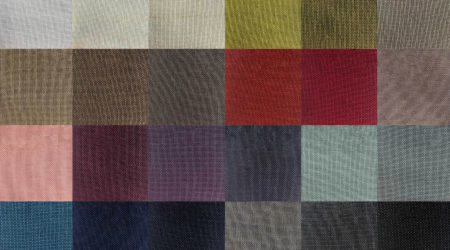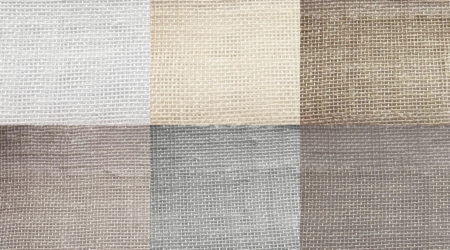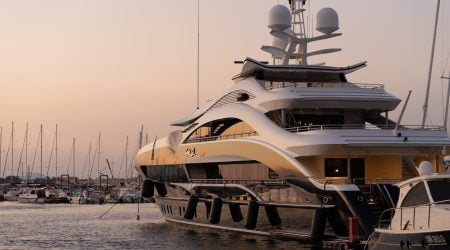New Mirage Voile IFR Range Available
Discover our brand new range of Mirage Voile IFR, made from 100% polyester and Inherently Flame Retardant.
Read MoreSpecialising in the production of theatre and stage drapes for over 30 years
When you’re ordering fabric, it can be difficult to understand what the different measurements required to place an order mean. Whether you need fabric for a small town-hall curtain, a sweeping fabric as a curtain-closer for a theatre stage, or a large volume of fabric to fit an arena, there are a number of measurements you’ll have to consider.
When you’re ordering fabric, it can be difficult to understand what the different measurements required to place an order mean. Whether you need fabric for a small town-hall curtain, a sweeping fabric as a curtain-closer for a theatre stage, or a large volume of fabric to fit an arena, there are a number of measurements you’ll have to consider.
On our contact form, we request the width, drop, and fullness of fabric needed, to ensure you receive the fabric you want, to the highest cut, quality and standard. Our handy guide outlines what each of these measurement terms mean.
The width of fabric means the length across from left to right when fabric is flat. This is the number one measurement when it comes to fabric, and is ordinarily taken in metres. We work on all kinds of projects providing fabric for various different venues, from large-scale concert halls and theatres to local churches and town halls, so we understand that different widths of fabric are required to suite a unique project.
As well as the width of your fabric, the drop is just as important. This is the length of fabric from the curtain rail or track to the floor. Depending on where you’d like your curtain to end, this could measure right to the floor (and more) or skim above the ground. It’s important to remember that curtain poles, windows, and floors aren’t always level, so take this measurement in a number of places for the most accurate figure.
Fabric can be flat or have fullness. Fabric fullness is defined as the extra fabric that covers the width of a curtain pole or track, offering a pleated, gathered effect. The fullness of fabric is measured by a percentage; fabric with more fullness corresponds to a higher percentage, as much as 200%.
Here’s what each percentage means…
You can purchase your fabric without fullness. Flat fabric still has its uses in curtains and drapes, for example as drop curtains or cycloramas.
One of the most common ways to add fullness to fabric is through box pleats. Request your fabric fullness at 50% for fabric that uses 1.5 times more fabric than the finished width of the curtain. This is a perfect choice for large stage curtains – the fabric won’t be too heavy or long to gather, allowing you to fold back easily.
You can also get a simple box pleats effect with 75% fullness. This requires 1.75 times more fabric, which remains versatile enough for large curtains.
If you want a drape with a high fullness, 100% requires twice as much fabric. This allows a good ripple effect in your curtains.
A Ripplefold style uses rolled pleats with 120% fabric fullness. You’ll need to sew snap tape to the top of the flat drape before attaching to a Ripplefold track. This fullness is ideal in a commercial setting for a more contemporary effect, especially when fabric isn’t too thick.
For a soft, even fullness, shirring is appropriate. This requires between 150% and 200% fullness (2.5 or 3 times as much fabric), working best with light or medium-weight fabrics. Box pleats with a 200% fullness give you a rich, luxurious look, which is great for the main curtain of a theatre.
Now you know all the measurements you’ll need, get in touch through our contact form. We tailor our service to your needs, so our team of experts will be happy to assist with your unique requirements to ensure your project runs smoothly.

Discover our brand new range of Mirage Voile IFR, made from 100% polyester and Inherently Flame Retardant.
Read More
Discover our brand new range of Eco Voile IFR, made from 100% recycled polyester and Inherently Flame Retardant.
Read More
We now have IMO (International Maritime Organisation) Certification for the following qualities…
Read More